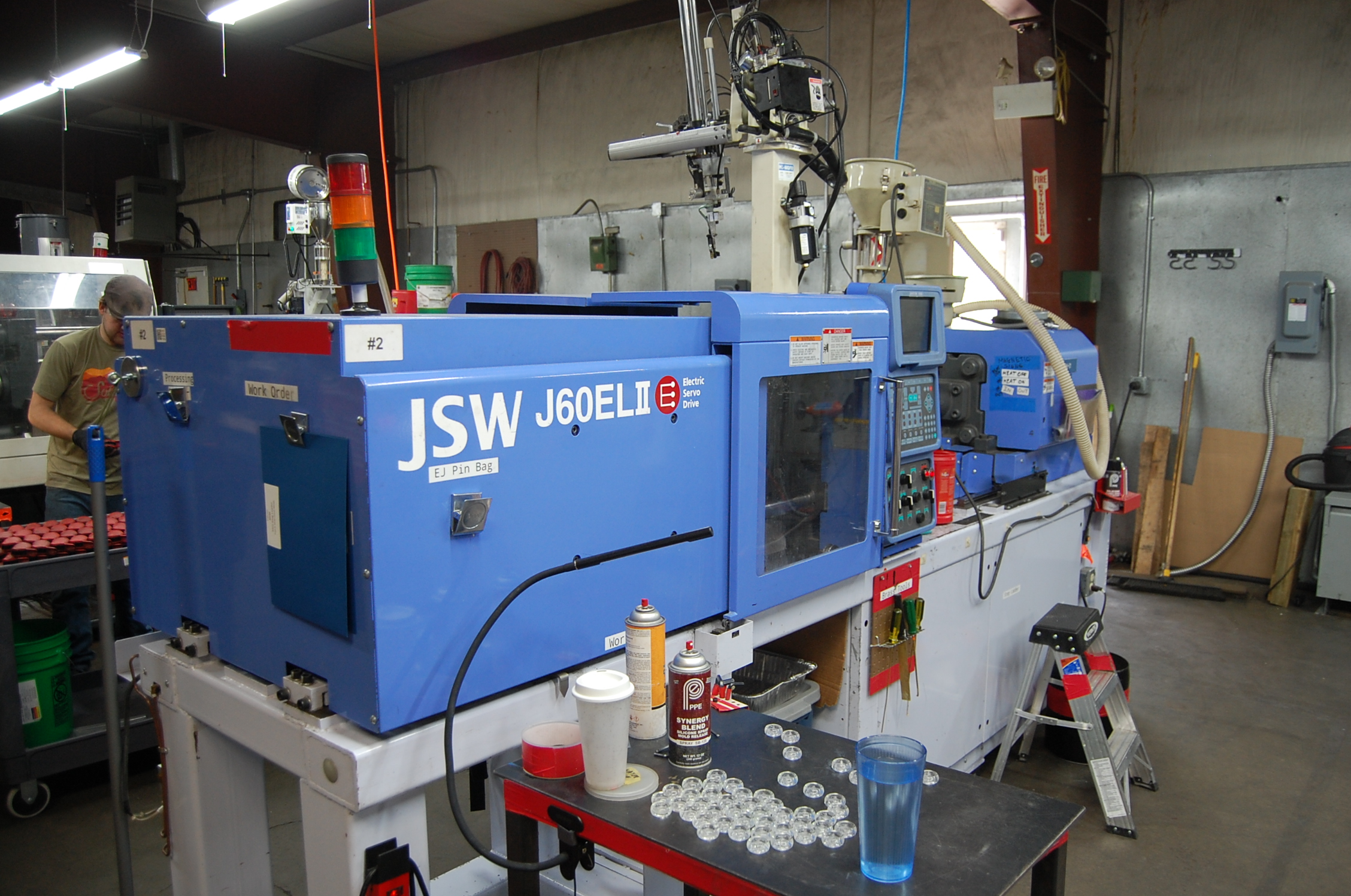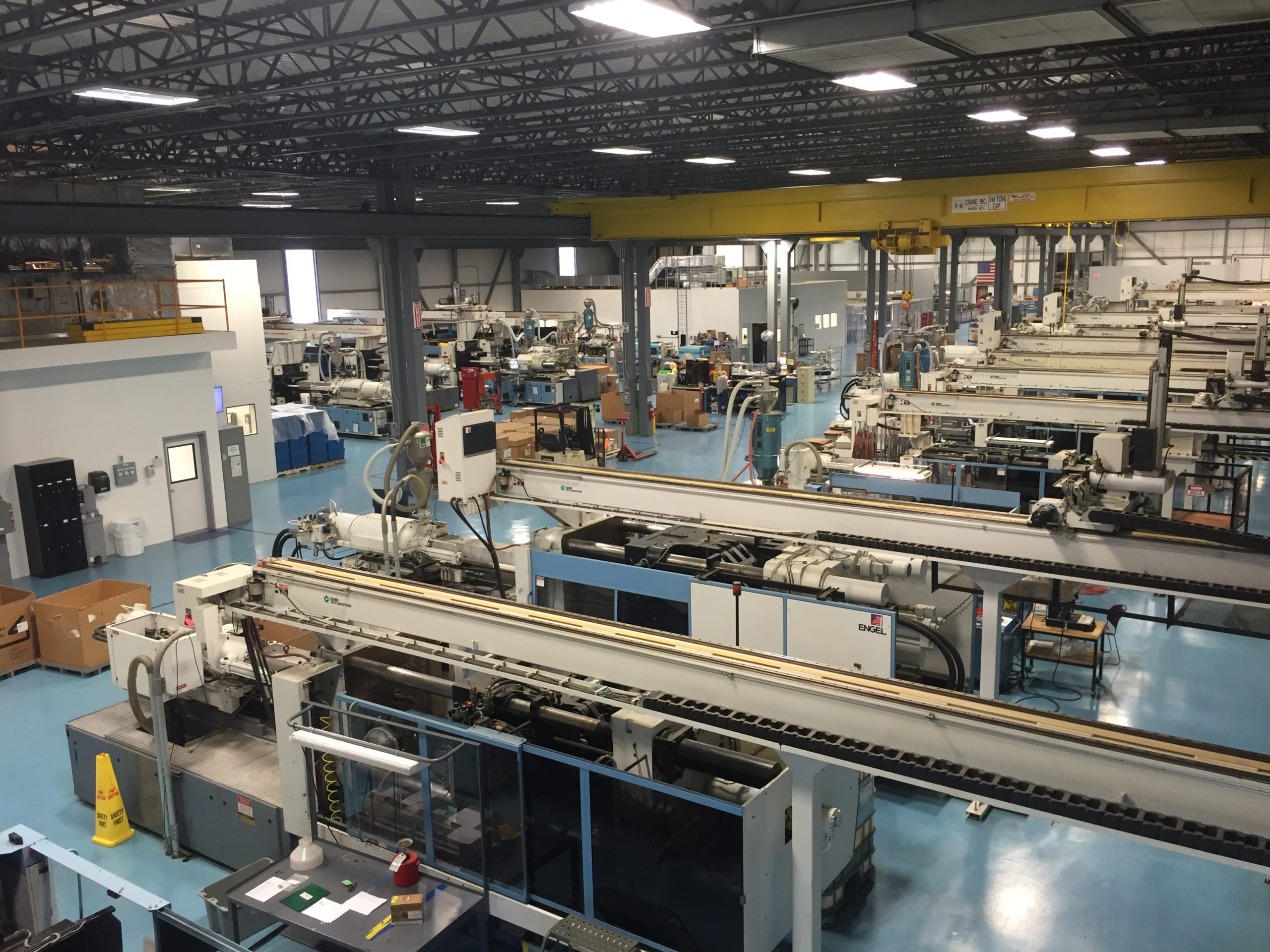The Ultimate Guide To Plastic Injection Molding
Table of ContentsAll about Plastic Injection Molding10 Simple Techniques For Plastic Injection MoldingPlastic Injection Molding for DummiesThe Greatest Guide To Plastic Injection Molding

If you want to discover even more, the guide covers sorts of mould tools, along with special finishing procedures such as colours & plating. Words that are underlined can be located in the glossary in the appendix ... Part I: Moulding: The Fundamentals The Benefits of Injection Moulding Plastic injection moulding is a really accurate procedure that uses numerous benefits over various other plastic handling approaches.
Accuracy is perfect for really complex components. Compared to various other techniques, moulding permits you to incorporate even more attributes at very tiny tolerances. Have a look at the photo to the right. You can hold this moulding in the hand of your hand and it has employers, ribs, steel inserts, side cores as well as openings, made with a gliding turned off function in the mould device.
Utilizing a UK moulder with existing ties to China can eliminate the risk as well as still result in cost-saving ... Dental caries - The part of a shot mould tool that provides the plastic item its shape, that does the real moulding of the plastic. See mould tool phase on web pages 5 as well as 6 for all terms linked with the mould tool Cycle time - The time it takes for a mould cycle to be finished, i.
from material feed & melting; material injection; shot time and ejection as well as the re-closing of the mould tool ready device prepared next cycleFollowing Draft angles - The walls of a moulded component need to be somewhat tapered in the instructions in which the part is ejected from the mould tool, to enable the part to be expelled easily (plastic injection molding).
Ejector stroke - The pressing out of ejector pins to eject the moulded component from the mould device. Ejector stroke speed, length as well as timing requires to be thoroughly regulated to avoid damages to the ejectors and also mould device, but at the exact same time make the moulding cycle as brief as feasible.
9 Easy Facts About Plastic Injection Molding Explained
Overlocking - When a mould device has actually been established right into a moulding machine incorrectly, causing the device to close also tough and also so destructive the mould device Component repeatability - The ability to produce the same plastic part-times after time Radii - Perfectly straight corners are impossible to try this eject from the mould device.
Ribs - When a plastic component has thin walls, ribs are included in the design to make the slim wall surfaces stronger Side cores - Side action which produces an attribute on a moulded component, at an opposing angle to the typical opening direction of the mould device. The side core requires to be able to pull back as the plastic part can not be ejected otherwise.
Wall surfaces - The sides of a moulded part The text on this web page is an example from our full White Paper 'Injection Moulding for Customers'.
Shot moulding is commonly made use of for manufacturing a range of components, from the smallest elements to whole body panels of automobiles. Shot moulding uses a special-purpose maker that has three parts: why not try these out the shot device, the mould as well as the clamp.
Little Known Facts About Plastic Injection Molding.

In several cavity moulds, each tooth cavity can be identical and create the same components or can be special and create several different geometries throughout a single cycle.
When enough material has actually collected, the material is required at high stress and also velocity into the part developing dental caries. The specific quantity of shrinking is a feature of the material being utilized, as well as can be fairly predictable. To stop spikes in stress, the procedure generally makes use of a transfer placement matching to a 9598% complete tooth cavity where the screw shifts from a continuous velocity to a constant pressure control.
As soon as the screw gets to the transfer placement the packaging pressure is applied, which completes mould dental filling and also makes up for thermal shrinking, which is rather high for thermoplastics about lots of various other materials. The packing stress is used up until eviction (cavity entrance) strengthens. Because of its small size, eviction is generally the initial location to solidify via its whole thickness.: 16 Once the gateway strengthens, say goodbye to product can go into the tooth cavity; accordingly, the screw reciprocates and also obtains product for the next cycle while the material within the mould cools so that it can be expelled as well as be dimensionally stable.